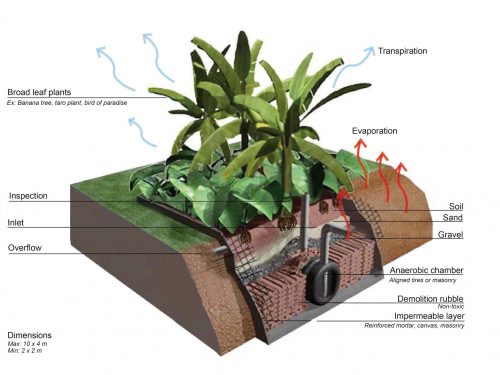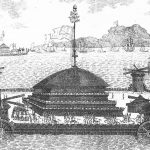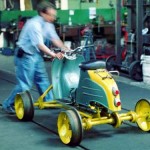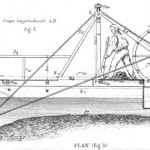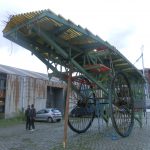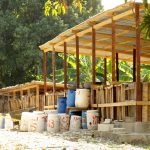 “One of the biggest advantage of electronic documents has always been that they’re easy to search. Good ol’ Ctrl-F has probably saved millions of hours since its invention. But what if you’d rather have something on paper, but you still need to be able to search it? I don’t have a keyboard and a little display in the front of my notebooks, but I do have an index, and in a large number of cases it works nearly as well.”
“One of the biggest advantage of electronic documents has always been that they’re easy to search. Good ol’ Ctrl-F has probably saved millions of hours since its invention. But what if you’d rather have something on paper, but you still need to be able to search it? I don’t have a keyboard and a little display in the front of my notebooks, but I do have an index, and in a large number of cases it works nearly as well.”
“The index seems like a lost art nowadays with so many references moving online. Maybe that’s not so surprising: making a generally good index is quite difficult and historically has been a profession, and there’s actually an organization called the American Society of Indexers. But if you just want to help yourself find stuff when you put it away in your notebook or binder, it couldn’t be easier to start an index.”
Read more:
